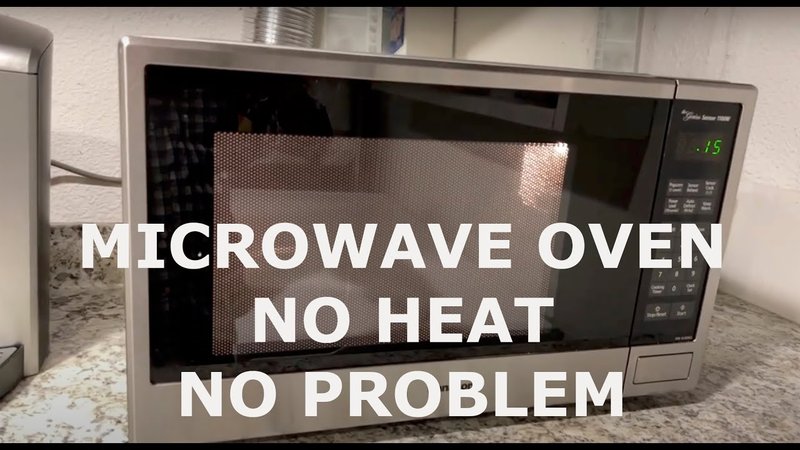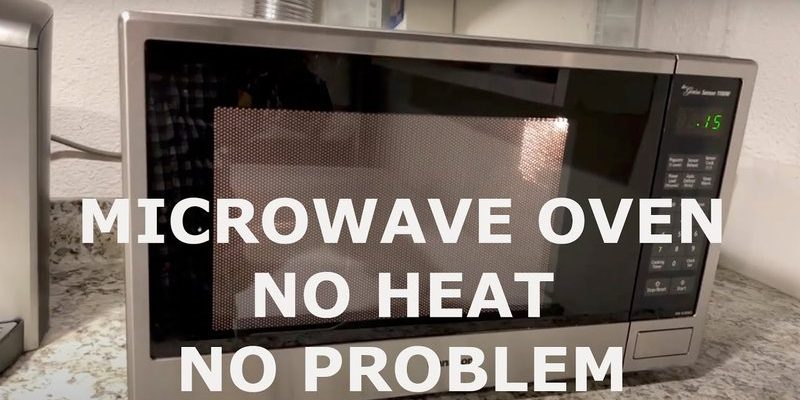
It’s like your microwave’s way of crying out for help. Imagine it like your car’s check engine light — you wouldn’t just cover it with tape and call it a day, right? Ignoring the F2 error isn’t ideal because it’s usually an indication that something inside needs attention. Let’s dive into what this error code actually means and why you should pay attention to it.
Understanding the F2 Error Code
So, what exactly is this F2 error code? The F2 code generally signals a problem with the microwave’s temperature sensor or thermistor. Think of the thermistor as a “thermometer” inside your microwave that helps regulate temperature. If it’s on the fritz, your microwave might start acting up.
Picture this: You’re baking cookies. If your oven thermometer is broken, you could end up with burnt or undercooked cookies, right? Similarly, when the thermistor in your microwave fails, it affects its ability to heat food properly. This could lead to overheating, causing potential damage to your microwave or even safety risks.
Still, you might be curious about what causes this error. Many times, a build-up of food particles or moisture can disrupt the sensor’s readings. It’s similar to how dust can cover a camera lens and distort photos. The F2 error code is your microwave’s way of saying, “Hey, I need a little cleaning or attention here!”
Consequences of Ignoring the F2 Code
Ignoring the F2 error code can lead to a host of issues. First off, your microwave’s performance might take a hit. You could end up with unevenly heated meals, which is frustrating when you’re hungry and in a hurry. Imagine expecting a hot slice of leftover pizza, only to bite into a cold center! It’s not pleasant.
Moreover, neglecting this error doesn’t just affect your microwave’s function; it can also shorten its lifespan. Continuously running a microwave with a faulty sensor is like constantly driving a car with a flat tire. It puts unnecessary stress on the machine, leading to more significant repairs or even a full replacement sooner than you’d like.
Safety is another concern. A malfunctioning temperature sensor can sometimes cause the microwave to overheat, which is not only bad for your food but could also be a fire hazard. It’s always better to be safe than sorry when it comes to electrical appliances.
Steps to Address the F2 Error
Alright, now that you know you shouldn’t ignore the F2 code, what should you do about it? Start by giving your microwave a good clean. Ensure that the interior is free from grease and food debris, as these can interfere with the sensor. It’s like giving your microwave a little spa day — it needs regular maintenance to function well.
If cleaning doesn’t do the trick, it might be time to call in a professional. Trained technicians can diagnose and fix the problem, ensuring your microwave is safe and working correctly. Just like you’d take your car to a mechanic for a persistent problem, sometimes it’s best to leave appliance repair to the experts.
In some cases, it might be as simple as replacing a faulty part. While it’s tempting to DIY, remember that microwaves can be complex and dangerous if handled improperly. Always prioritize safety and don’t hesitate to reach out for help.
Preventative Measures and Final Thoughts
To avoid encountering the F2 error in the future, consider incorporating some regular maintenance into your routine. Wipe down the microwave after each use to prevent build-up. Think of it as brushing your teeth daily — small actions that prevent bigger problems later on.
Additionally, ensure your microwave is in a well-ventilated space to prevent overheating. Just like we need fresh air, your microwave requires proper airflow to operate efficiently. Keeping these tips in mind can help prolong your microwave’s life and maintain its performance.
In conclusion, while it might be tempting to ignore the F2 error code, addressing it promptly can save you time, money, and hassle in the long run. Think of it as tending to a small garden — regular care ensures a healthy and flourishing appliance. Stick with these strategies and enjoy a smooth-sailing experience with your Panasonic microwave.
